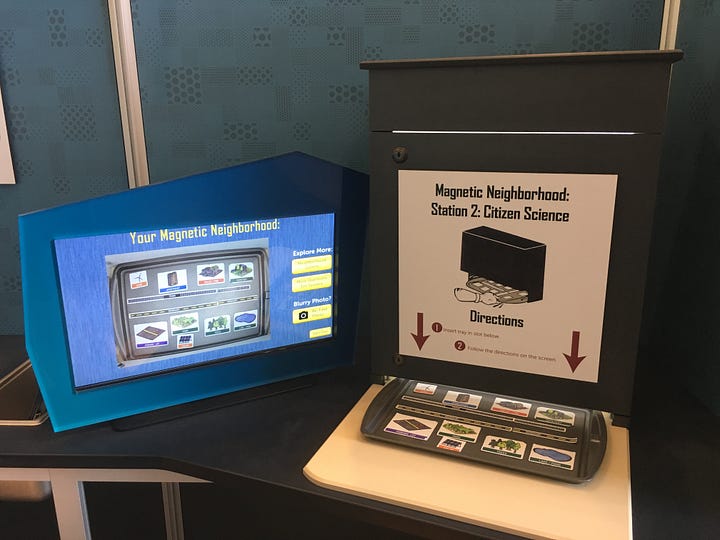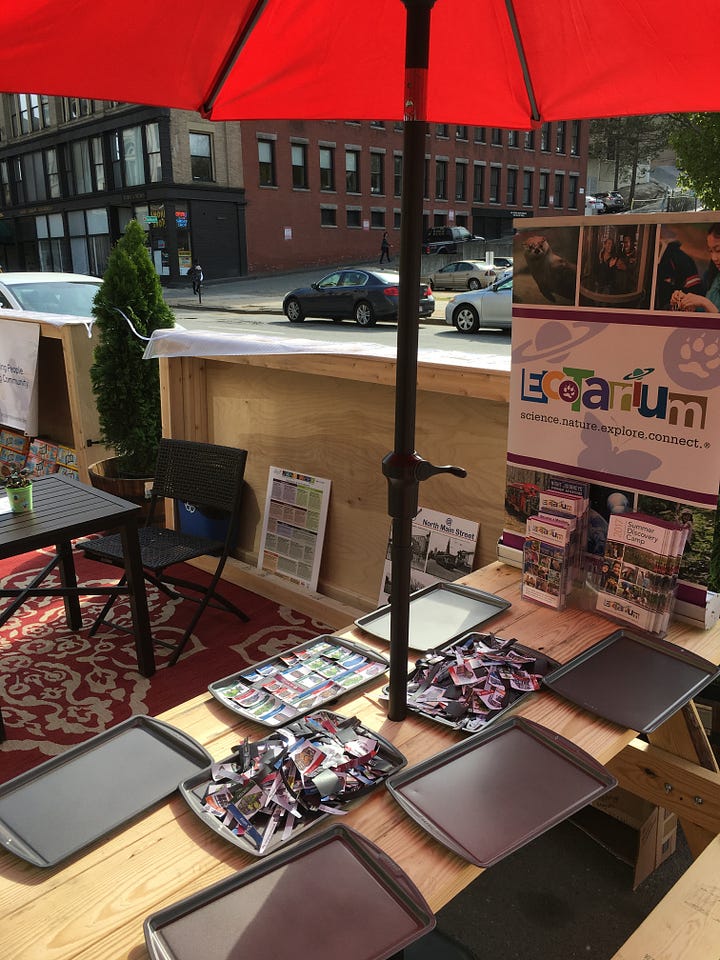We museum folk love to point to the high level of trust placed in museums by the public. Thanks to that level of trust, museums are seen by other organizations as important partners in public education, especially around climate change.
But – there are even more powerful trusted messengers than museums. Depending upon the specific issue and the identity and background of the listener, an effective trusted messenger could be the family doctor, clergy, scientist, or community leader. (For a fascinating look at demographic differences in trusted messengers, check out this Ad Council research reported in the Philanthropy News Digest.) But, as Sarah Finnie Robinson of The 51 Percent Project points out, these community messengers are trumped by co-workers, family, and friends.
Given that the majority of our general admissions visitors come in family groups, that means we’ve got 2 out of 3 of people’s most trusted messengers right there on the museum floor!
I hear you now – “Wait - a bunch of those folks are climate deniers!” True - some are. But only some – and fewer than you might think. In the April 2022 Climate Change in the American Mind report, only 12% of Americans surveyed thought climate change was not happening, while 74% think it is happening. And sizable majorities (70+%) believe climate change is worsening environmental problems such as extreme heat, wildfires, flooding, and droughts in the U.S.
Here's where the survey gets interesting to me as an exhibit developer.
The majority don’t know that they are the majority – because they aren’t talking to each other. Two-thirds of Americans rarely or never discuss the issue with family or friends. And only 40% think that they are expected to take action on climate issues by their family and friends. Put another way, the majority of Americans do not perceive taking action on global warming as a social norm.
Imagine if they just started talking to each other, if we helped correct that perceived social norm? That’s one of our museum superpowers – we foster conversation within visitor groups. We can offer up-to-date data about how many Americans care about climate change. We can prompt discussion within groups by sharing local climate mitigation projects and ways to get involved. We can give them effective language that they can use to gain confidence in their own superpower as the most trusted of all trusted messengers for their family and friends.
This goes beyond climate science.
How far can we take this, this power to get people talking? I think it has power well beyond climate action. I saw it with the City Science exhibit . An elementary-aged boy designing his “ideal neighborhood” at one of the interactives told our exhibits team he’d put the school in the far corner of his neighborhood “So that kids in other neighborhoods can go to a good school too.” Boom! Imagine the family conversation that could follow that revelation.
Design, injustice, empathy, and taking action – like pretty much every urban planning issue, that’s the kind of content that ties to virtually any museum mission.


More importantly, can we take this power out to the people who don’t come to museums? The folks who don’t visit museums includes a lot of the folks who’ve been closed out of planning in the past – BIPOC, low-income, and immigrant communities. I don’t know for certain (I’m planning-curious, not planning-expert, after all), but we do have the tools, like evaluation and prototyping, to make me think we can.
~ Betsy Loring1
The Planning-Curious Museum Person
Sharing stories and ideas for other Planning-Curious Museum People and Museum-Curious Planning People.
If you’re already engaged in a museum-planning collaboration, tell me about it! Interested in expLoring a collaboration with me? Let’s talk! betsy@exploringexhibits.com
Know someone who might like this post? Please share!
Betsy Loring is the principal of expLoring exhibits & engagement, where she offers 20 years’ experience in project management and exhibit development in multi-disciplinary, indoor and outdoor museum settings. Her services include exhibit master planning, content and interactive development, and writing, with a focus on hands-on STEM. She also offers staff training in exhibition planning, formative evaluation, and prototyping. Special interest in multi-institutional collaborations, staff capacity-building, and of course – collaboration with municipal planning practitioners.



